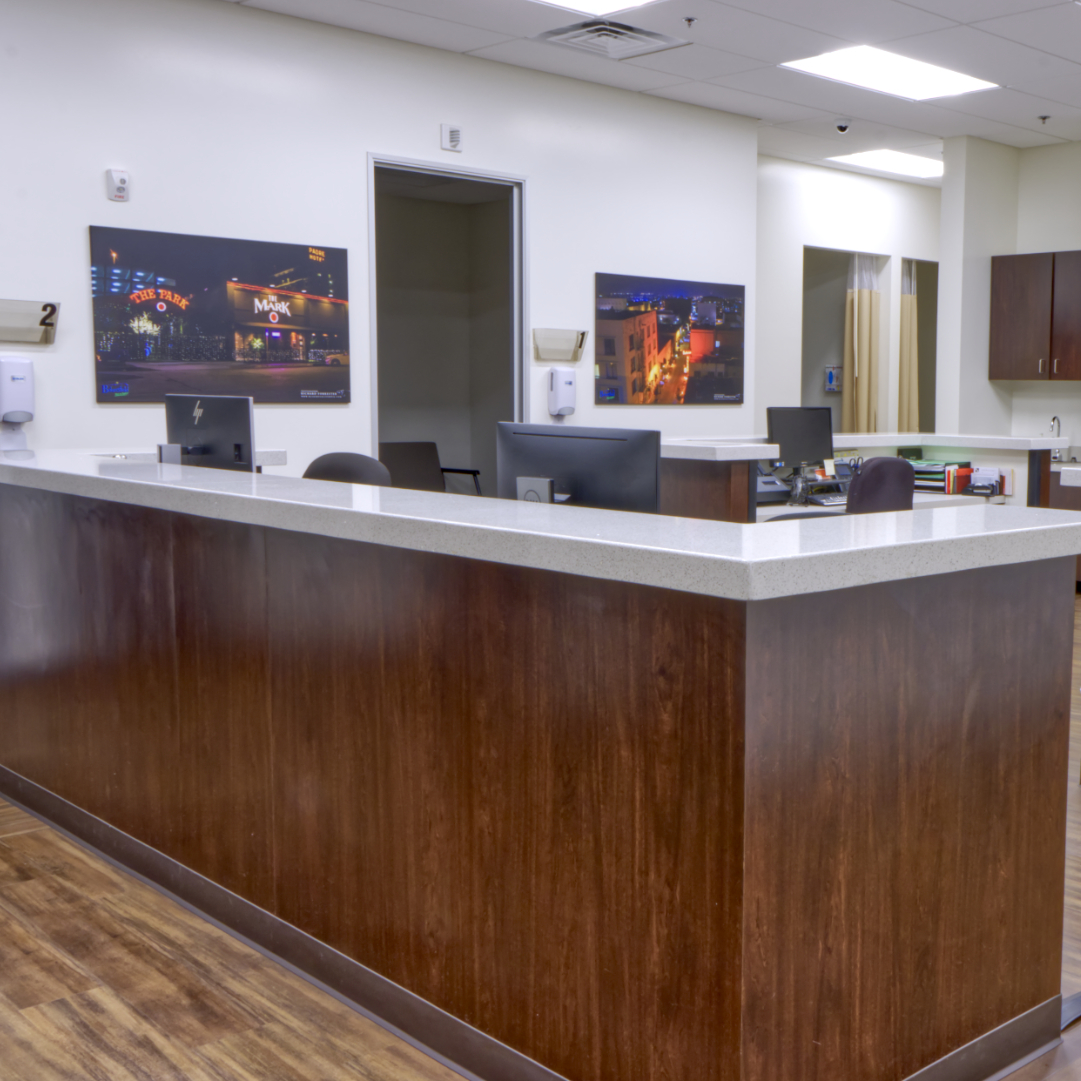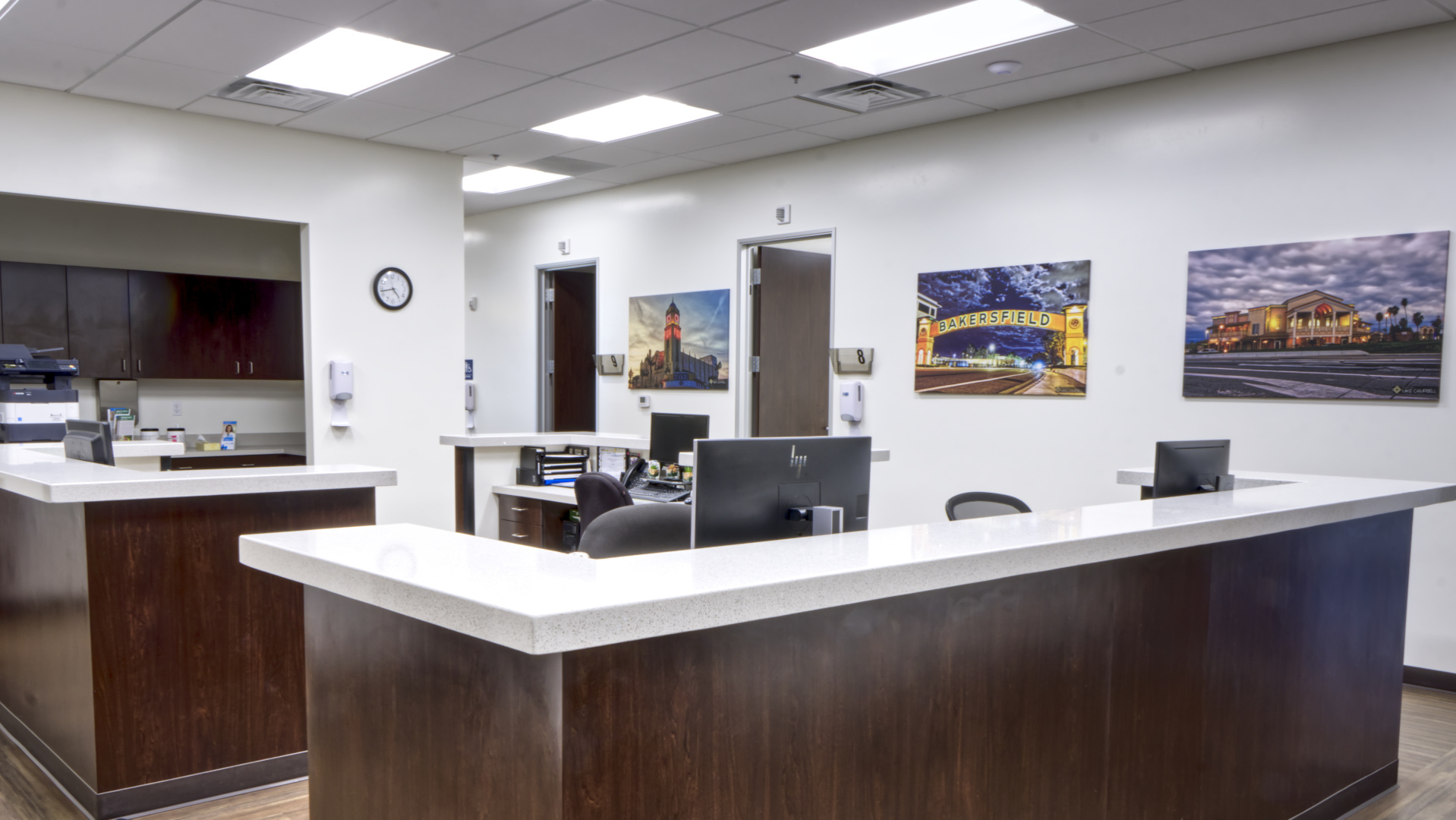General Surgery
General surgery encompasses a broad range of medical issues related to various areas of the body. Conditions involving the gallbladder, abdominal wall such as hernias, gastrointestinal organs like the stomach, intestines, and colon, as well as concerns related to soft tissue and skin, all fall under the purview of general surgery. Surgeons specializing in this field are skilled in diagnosing and treating a diverse array of medical problems affecting these regions of the body.
Common General Surgical Problems
Common general surgical issues encompass a range of conditions, such as hernias, including hiatal hernias (also referred to as reflux surgery), procedures involving the gastrointestinal tract (including the esophagus, stomach, small intestine, and colon), surgery for gallbladder and appendix issues, as well as the removal of masses or abnormal growths from any part of the body.
If you are experiencing any of the aforementioned problems, it would be our privilege to assist you.
General Surgery
Many medical problems involving the gallbladder, abdominal wall (hernias), stomach/intestine/colon, soft tissue and skin fall within the realm of general surgery.
Common general surgical problems include hernias, including hiatal hernias (also known as reflux surgery), surgeries on the gastrointestinal tract (i.e. esophagus, stomach, small intestine, colon), gallbladder and appendix surgery, or removal of masses or abnormal growths anywhere on the body.
If you are suffering from any of the above problems, it would be our pleasure to help you.
Dr. Moon is fellowship-trained in minimally invasive or laparoscopic surgery, where surgery is performed with a camera and long thin instruments through small incisions.
Many abdominal surgeries can be performed in this manner, which allows for smaller incisions, decreased pain and a shorter recovery time.
Dr. Moon is also trained in robotic surgery, which allows even more surgical techniques to be performed laparoscopically.
Gallbladder Surgery
Surgery for gallbladder problems are one of the most commonly performed surgeries in the country. The gallbladder is most often removed due to formation of gallstones (cholelithiasis), which can block flow of bile from the liver and gallbladder into the bowel. If left untreated this can lead to more serious problems like inflammation of another organ called the pancreas (pancreatitis), and inflammation of the gallbladder (cholecystitis).
Additionally the gallbladder on occasion will cease to function properly (biliary dyskinesia), which causes discomfort and pain in the abdomen when eating.
Gallbladder removal (cholecystectomy) is the standard treatment for most gallbladder-related problems. This is almost always performed laparoscopically, through small skin incisions, a telescopic camera, and long thin instruments.
Hernia Repair
Hernia Repair, including Groin (inguinal) and Abdominal Wall (umbilical, ventral, incisional)
Hernias occur when there is an abnormal opening in the muscular and fascial (tough tissue) layer of the abdominal wall, allowing contents to protrude through the opening.
Hernias can have several causes, including a defect present since birth, wear and tear from repeated heavy lifting or other causes of increased pressure in the abdomen, or from healing problems from prior abdominal surgery.
Symptoms normally include discomfort and a bulge in the area, worsened with heavy lifting, other strenuous activity or even straining from constipation, which all increase intra-abdominal pressure. Hernias may occasionally cause serious complications if protruding contents get stuck and cannot be pushed back into their normal location (incarceration) or if the contents of a hernia become so swollen that blood cannot flow normally to the tissues and they become sick or even die off (strangulation).
Treatment is surgical repair of the hernia, frequently with placement of a synthetic mesh over the defect. Sometimes the optimal repair of a large hernia will require relaxing incisions on the sides of the abdominal fascial layer to allow for better closure of the natural tissue over the defect (component separation). Hernias may also be approached directly through an open incision or laparoscopically, from the underside of the defect. Each hernia is different and unique, and it is important that the decision on how to treat each individual hernia be made together with you and your surgeon during your initial consultation.
Hiatal Hernia (Heartburn / Anti-Reflux Surgery)
Heartburn affects about 10-20% of people living in the United States. There are several causes of heartburn, one being an enlargement of the opening in the diaphragm that allows passage of the esophagus from the chest into the stomach – the hiatus. A hiatal hernia is essentially an abnormal enlargement of this opening, which allows a portion of the stomach to migrate into the chest. This disrupts the pressure valve function of the junction of the stomach and esophagus, allowing stomach acid and other fluids to inappropriately travel back up the esophagus.
This can sometimes become dangerous if the constant irritation of the esophagus results in changes called Barrett’s esophagus, a transformation of the cells in the lining that if untreated can progress over time to esophageal cancer. Initial treatment of reflux and heartburn normally involves antacid therapy, but if a significant hiatal hernia is present then surgery is truly the only way to definitively treat the problem. This normally involves surgery to bring the stomach back into its appropriate position, and closure of the hiatal hernia with sutures, and occasionally with biological mesh reinforcement. Additionally the stomach may be partially or fully wrapped around itself to prevent any future migration of the stomach back into the chest cavity (fundoplication).
Vascular Access Surgery
On occasion, repeated intravenous infusions or blood draws are necessary for treatment of certain diseases. Repeated IV placements or blood draws can cause the veins of the arm to scar down and become difficult to access. In this setting it is often beneficial to place an intravenous catheter (small plastic tubing) into a larger vein that can be accessed without having to needle-stick the actual vein, and can be left in place for an extended period of time. This is normally performed as a day surgery at an outpatient surgical center.
Colon/Retal Surgery
Surgery to remove a portion or even the entire colon may sometimes be necessary for treatment of problems in the colon. These problems include: • Colon cancer • Diverticular disease (abnormal outpouchings of the colon wall, caused mainly by aging, but also with chronic constipation) • Inflammatory bowel disease (e.g. Crohn’s disease, ulcerative colitis) Depending on the specific problem, these surgeries can often be performed laparoscopically, with small skin incisions, long thin instruments and a telescopic camera. However in some cases a simple open surgery may be the optimal approach for colon removal. Sometimes surgery is also necessary for issues that occur at the end of the colon, i.e. the rectum. This includes hemorrhoids, fissures, and masses.
What You Need to Know About Your Appointment
Please ensure that you arrive approximately 10 minutes ahead of your scheduled appointment time to complete any necessary paperwork before meeting with your surgeon. Please bring the following to your appointment
Insurance Card
Please make sure you bring your insurance card.
ID
Please bring your identification card.
List of medications
Please provide a list of your current medications and dosages.
Medical Records
You can bring records from your referring doctor if you have them.
Better Health Care is Our Mission
Phone:
Emergency Hotline
In case of a medical emergency, please dial this number immediately: 911
Bakersfield Office:
8311 Brimhall Rd. Building 1900, Suite #1901 Bakersfield, CA 93312
Office Hours
9:00 am – 5:00 pm


